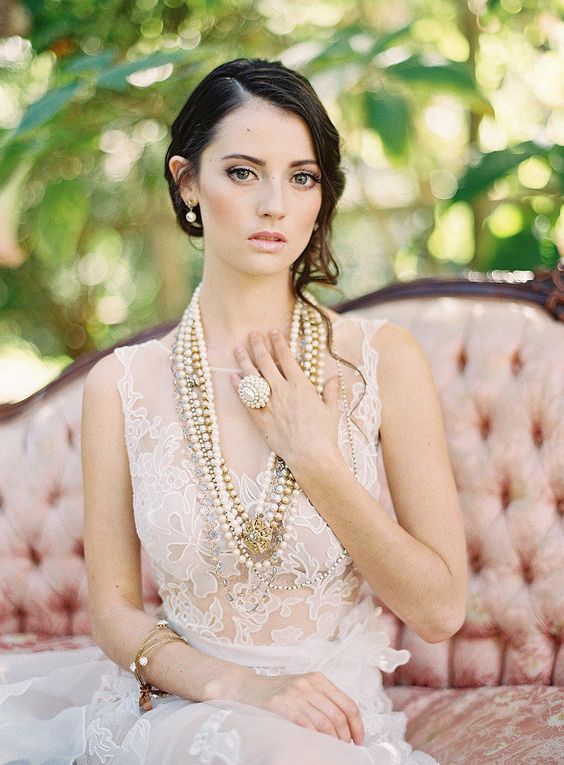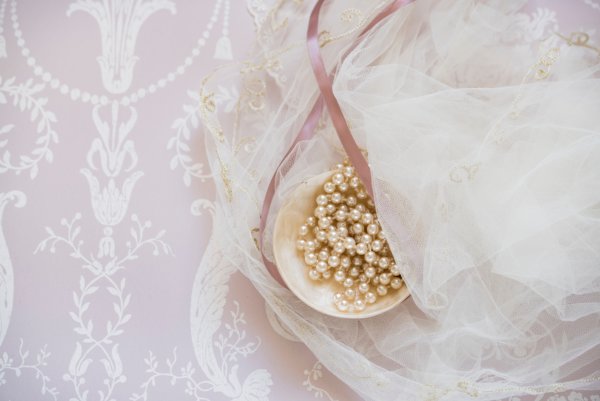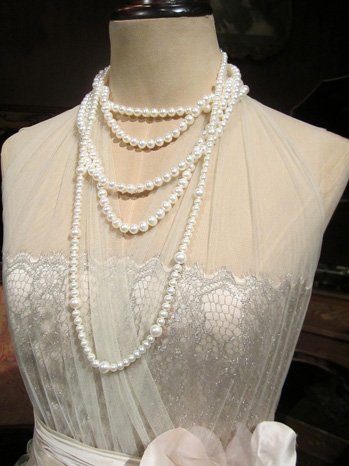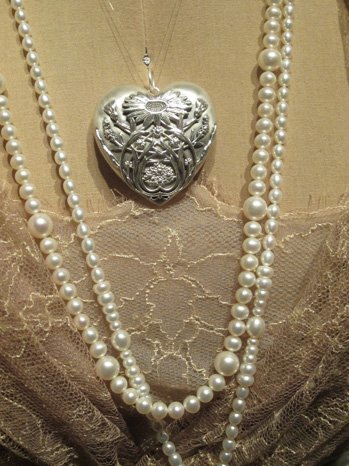
Nature is the provider of resources to create precious jewellery. It even mysteriously works on its own producing valuable materials like pearls.
Pearls own the title, “Queen of Gems”, for their precious perfection that is a product of time and natural forces of nature. No wonder pearls have conquered the jewellery industry and complete every woman’s collection.
Pearls were used in jewellery back in ancient Greece and by the 20th century had become one of the most valued gems, and they maintain a spot in the fashion world even now.
A masterpiece of nature
Unlike all other gemstones, pearls are not mined from the earth, and their existence is proof of the wonders of nature. Amazingly, this gem is a product formed from the secretion of a crystalline substance called nacre as a form of defence when an irritant accidentally gets stuck in a mollusc’s soft inner body. And since there’s no specific time identified when the oysters or mussels existed and started to produce pearls, they are now considered as the world’s oldest gems.

Gemstone of symbols, myths and legends
Across history, the pearl has been chosen to symbolise many things and became shrouded in myth and legend. Some called it the “ocean’s rainbow”, while others believed it to be the “tears of God”. In ancient times, men wore pearls believing that they would keep them safe on the battlefield. There were times when royalty and the ruling classes were the only ones allowed to wear pearls. But generally, this gem symbolises purity, integrity, generosity and loyalty of the wearer.
Even its colours became the representation of different aspirations in life. Blue pearls are believed to find love for the wearer, black or gold invites wealth and prosperity, pink ones help the wearer to achieve success, fame and good fortune, brown to express practicality, masculinity, dependability and harmony, and the most celebrated colour, white pearls, connote innocence, beauty and new beginnings.
Quality that is in-demand and highly-valued

Though not so hard to acquire now, pearls became a vital trading commodity in Roman times and were categorised as one of the most precious gems in the world. There was even a time declared as the Pearl Age because of the prestige that pearls established.
Today, natural pearls are one of the rarest gems due to the constant demand in the jewellery industry and the depletion in supply.

To cope with demand, some people resorted to making mollusc farms and producing cultured pearls. The only difference between cultured pearls and natural ones is that the irritant is induced rather than entering by chance. Innovations in the use of pearls, like fine cultured pearl jewellery, have created a new trend, bringing intricate and complex designs incorporating the simplicity of the pearls.
Essential qualities of pearls to determine in jewellery
Aside from the perfect-circular form, pearls vary in shapes, like the Baroque which is irregular in shape and surface quality; the Button, which is round and symmetrical with a smooth surface; the Coin, which is like a flattened disk with an uneven surface; the Rice, which is oval in shape; and the Potato, which is distinctly irregular in form.
No matter how they look, pearls never cease to amaze everyone, not only because of their beauty but also the connection they create between people and nature.
